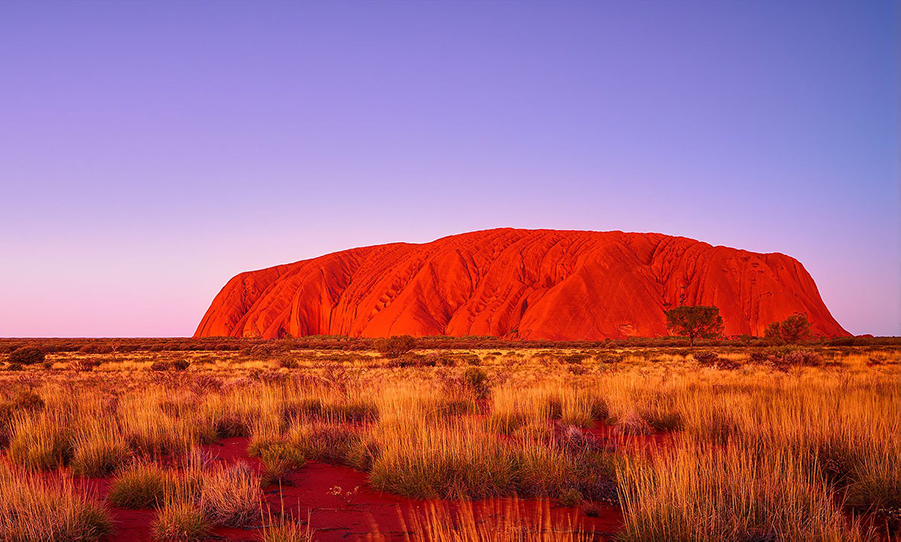Following a request from the Australian Parks association, Google have officially removed photos of the Uluru summit from Street View, meaning that virtual tours are no more.
It has been almost twelve months since the Australian government officially stopped tourists from climbing Uluru, the sacred Aboriginal site situated in Anangu land (Northern Territory). However, thanks to a little hack via Google Earth’s Street View, internet denizens were still able to virtually walk the now-closed summit.
That was until last Wednesday (September 23), however, when the company finally caught onto the cultural and spiritual insensitivity of this feature.

Uluru is a massive sandstone monolith in the heart of the Northern Territory’s arid “red centre”. The summit is deeply sacred to the Pitjantjatjara people, the traditional custodians of the Anangu land.
Visitors were banned from physically climbing the rock out of respect for the traditional custodians in October last year. However, up until just last Wednesday, “virtual tours” still operated via Google’s Street View function. Street View is a feature in Google Maps that allows users to take virtual walking tours of locations around the planet via user-generated mapping and photos.
The feature contained 360-degree images of the summit of Uluru that “allow[ed] users to effectively defy the visitors’ ban,” according to the ABC.
I agree. @AnitaHeiss — start respecting the indigenous community of Australia.
— ana 👑🍀🌸🍃🌏 (@ana_captures) September 23, 2020
A spokesperson from Parks Australia said that they had “alerted Google Australia to the user-generated images from the Uluru summit that have been posted on their mapping platform.” Parks Australia went onto to request “that the content be immediately removed in accordance with the wishes from the Anangu.”
Hours later, Google Australia told 9News that the images, which included heavily disrespectful photos of people celebrating on the peak, had once and for all been taken down.
“We understand Uluru-Kata Tjuta National Park is deeply sacred to the Anangu people,” said Google Australia. “As soon as Parks Australia raised their concerns about this user contribution, we removed the imagery.”
Uluru is considered the place of creation and a resting place of ancestral spirits by the Anangu (aboriginals). It’s as–if not more–important to them as the Foundation Rock is to Muslims and Jews It’s been worshipped for millennia and one of the most sacred spots for the tribe.
— Michael (@MAJS1601) September 24, 2020



